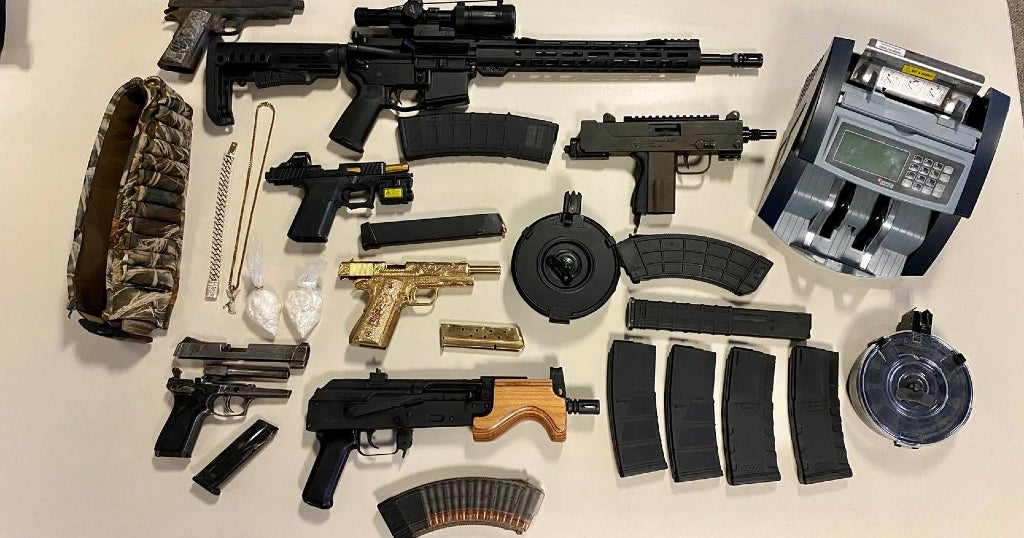If you’re a amateur or professional shooter, your camera’s optics play an important part in achieving the most effective results. A thorough understanding of the components can help ensure that your equipment is operating flawlessly on every shot.

Optic Parts: Understanding their Relevance in shooting Sports
When it comes to shooting sports, whether it be hunting, competitive shooting or simply a casual shoot at the range using a reliable, accurate firearm is crucial. Optic parts are a component that is frequently overlooked yet is essential for precision and precision. Optic parts, sometimes referred to as sights, can be mounted on firearms to aid shooters target more accurately and efficiently. This article will discuss the advantages and significance of optic parts, and how they can increase your shooting ability.
What are Optic Parts?
Optic components help shooters aim their guns more precisely. Optic parts come in many styles, such as iron sights or red dots, holographic sight magnified scopes, and holographic sight. Each part of an optic is unique and offers its own advantages. Your preferences for shooting and shooting preferences will determine which optic part you choose.
Iron sights are by far the most straightforward type of optic and are often found on guns that have been used for decades. They consist of front and rear sighting post. Shooters align them to aim for the desired target. Red dot sights employ tiny LEDs to produce the appearance of dots in the eye. These sights are renowned for their speedy target acquisition as well as the ease of use. Holographic sights use a laser to create the appearance of a hologram, and they’re commonly used in tactical or military applications. Magnified scopes also use lenses that make the target appear larger, which makes it easier to target accurately over long distances.
Why Are Optic Parts important?
Optic parts help shooters aim more precisely and better. Optic parts permit shooters to aim at greater precision and at higher distances. Optic parts can also be utilized to acquire targets faster, which makes it easier for shooters to aim precisely and swiftly. Optic components can also enhance shooting accuracy in dim light conditions. This is why they are crucial in tactical and hunting situations.
The Correct Optic Parts
Choosing the right optic parts is crucial for the best shooting capabilities. There are many things to consider when picking an optic component, such as your shooting needs, budget, and the type of firearm. Also, you’ll need to think about the magnification of the optic and the reticle’s type.
The magnification element refers to the amount of zoom it can provide. Magnified scopes are usually employed for long-range shooting because they permit shooters to aim accurately at targets hundreds of yards away. But, magnified scopes might not be ideal to shoot close-range. Shooters who are tactical love red dots and holographic sights due to their speedy acquisition of targets and shoot close-range.
It is important to think about the type of reticle while selecting an optics component. Different types of reticles may be used for different shooting conditions. For instance, a crosshair reticle, for example, is best for shooting targets. But the BDC (bullet Drop Compensating) is on the contrary, is perfect for shooting long distances.
Upkeep of Your Optic Parts
It is crucial to correctly maintain your optic parts once you have selected the right ones. Your optic parts will remain reliable and accurate over time with proper maintenance. Basic maintenance tasks include cleaning the lenses, checking the zero and then taking care to store the optics properly when they are not being used.
Cleaning your lenses is vital for ensuring that your optic parts give crisp and accurate image. Clean the lenses with a microfiber cloth or a lens cleaner. Avoid using paper towels or other rough objects that could scratch the lenses.
To ensure they are aligned properly, check the zero of your optic parts. Be aware that over time the alignment of your optical components can be altered by recoil, or any other factor. Shoot a few times at the target to determine the zero and adjust the optics parts as needed.
For more information, click Red Dot